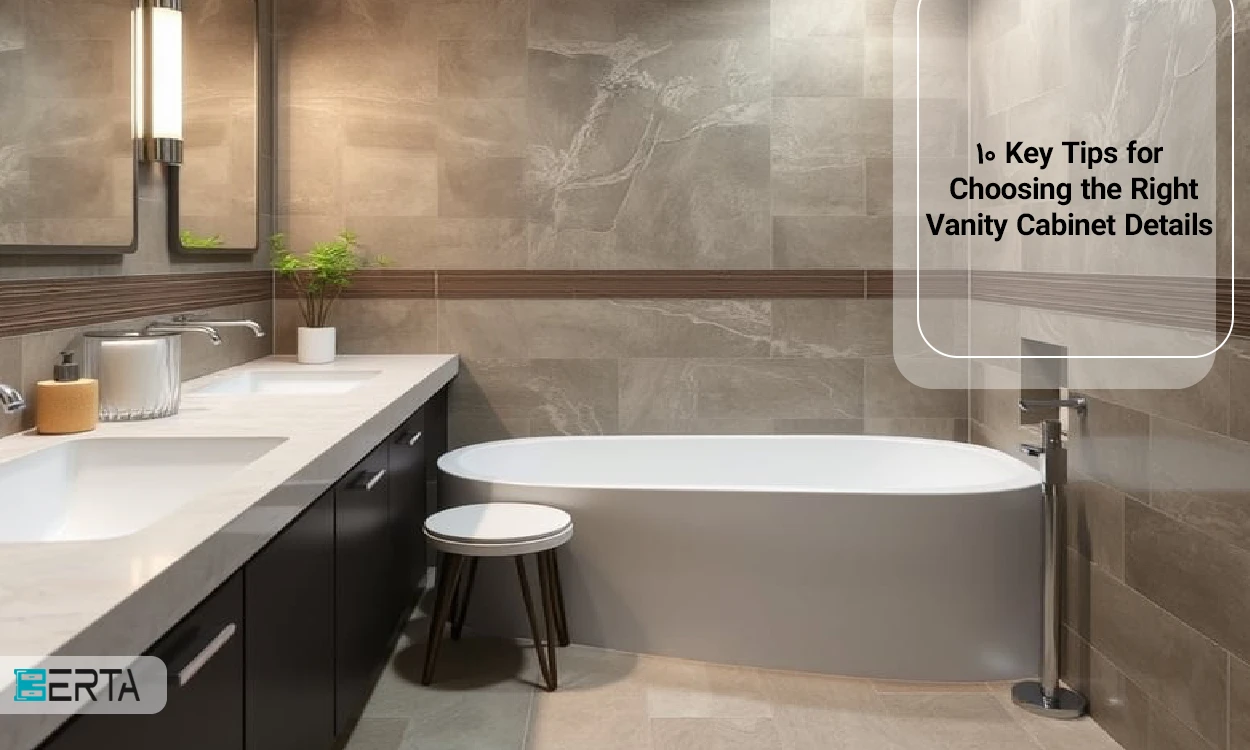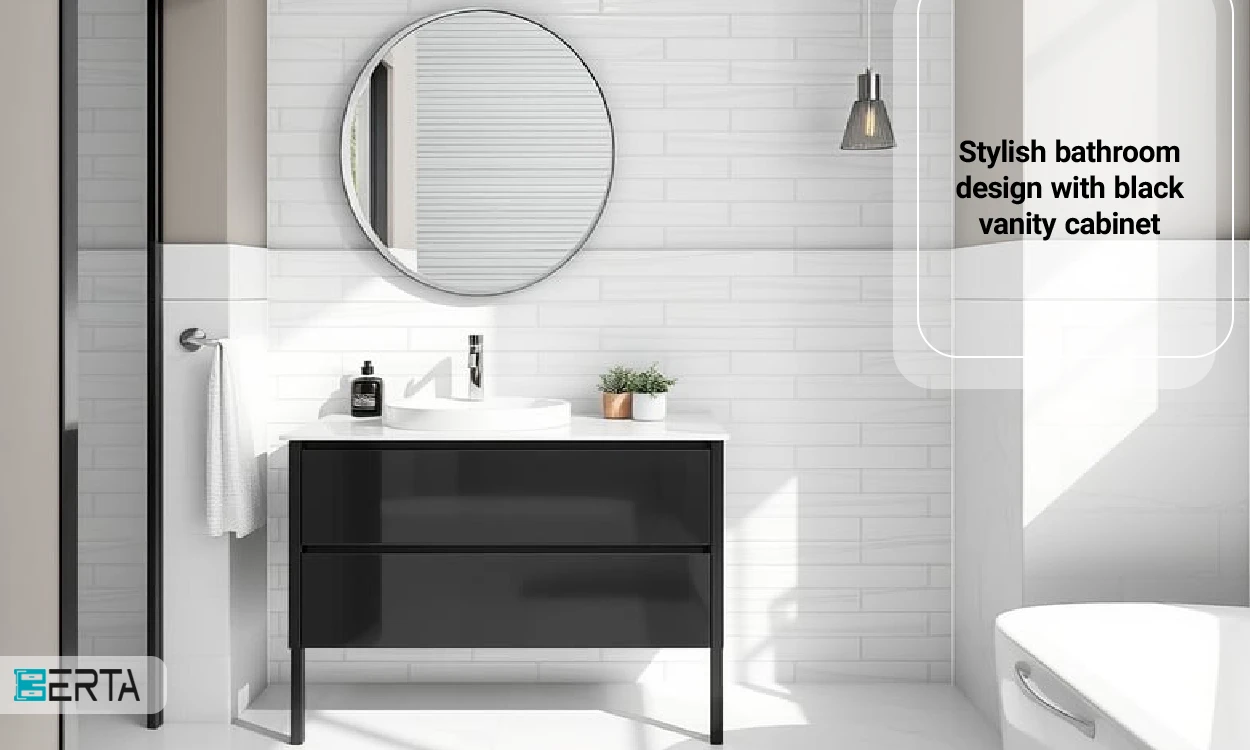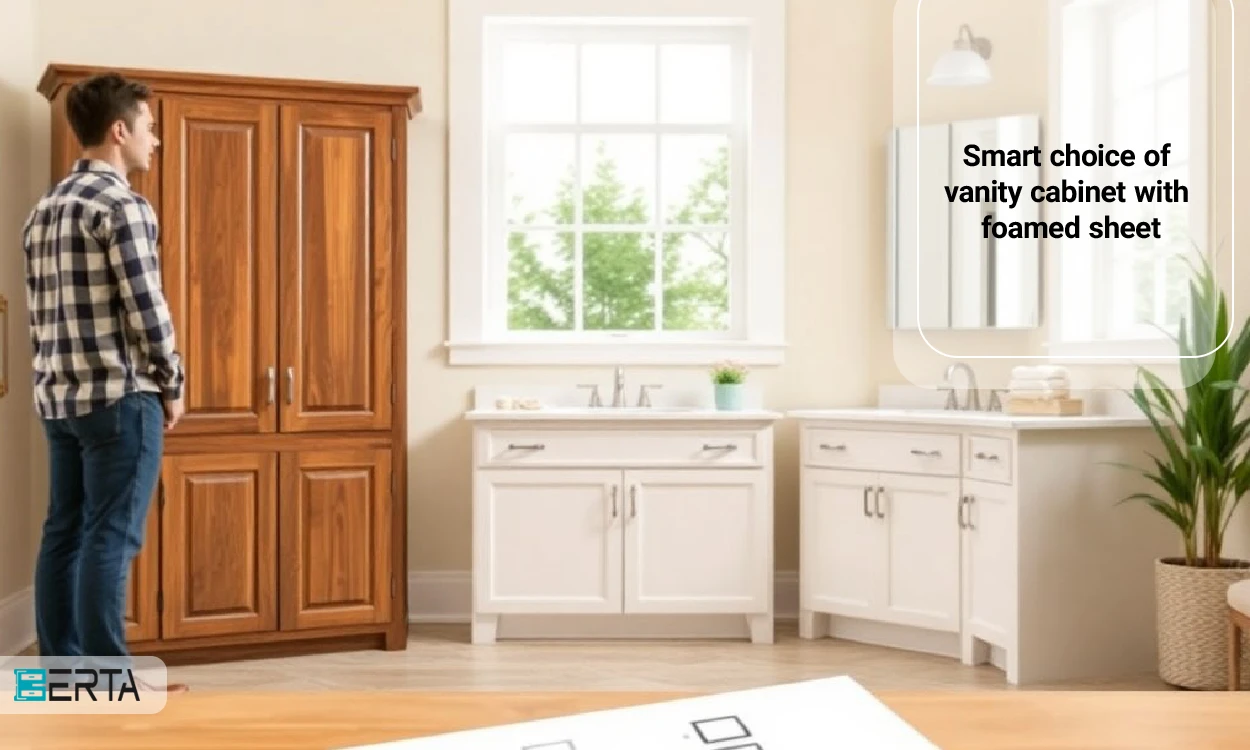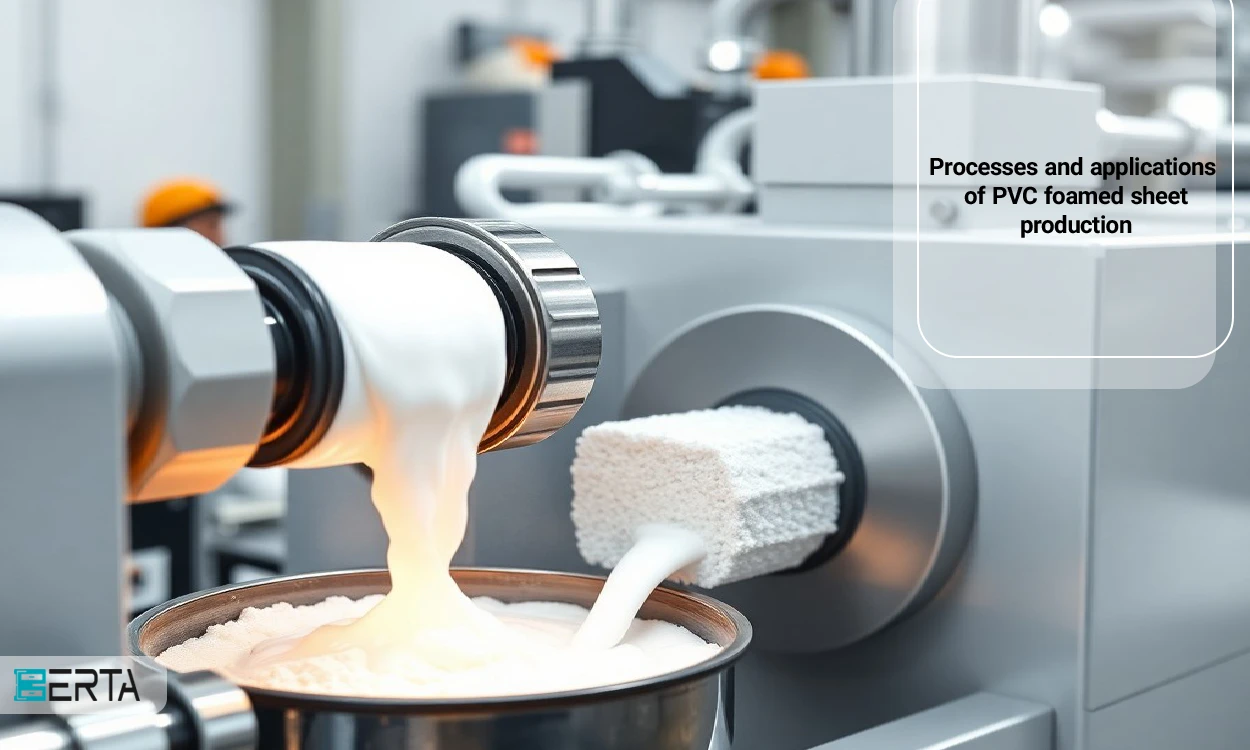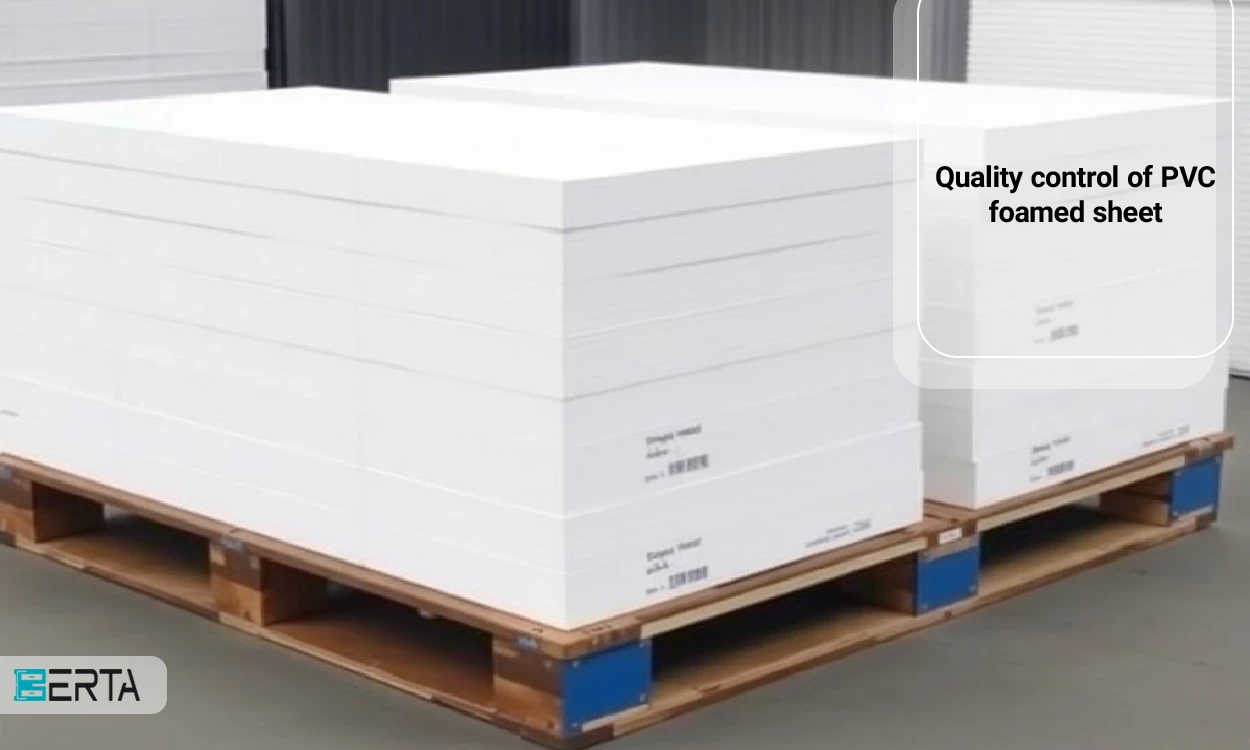304 steel is one of the most widely used and well-known stainless steel alloys in the industry. This type of steel is an ideal option in many industries due to its unique characteristics, including high resistance to rust and corrosion, hammerability, and easy welding. Since its development in the early 20th century, steel 304 has quickly found its place in various industries, including food, pharmaceutical, construction, and automotive. In this article, the history, chemical composition, characteristics, and applications of 304 steel are reviewed.
History of 304 steel
Stainless steel was first developed in the early 20th century by engineers and metallurgists. In 1913, Harry Bernard Wakefield was one of the first to produce a stainless steel alloy combining chromium and nickel. 304 steel is known as one of the first and most widely used stainless alloys and was quickly used in various industries including construction, food and medicine, and medical equipment. This type of steel was considered the standard for stainless steel production due to its unique characteristics and is still used in many industries.
Chemical composition of 304 steel sheet
The chemical composition of 304 steel sheet is usually as follows:
- Chrome (Cr): 18%
- Nickel (nil): 8%
- Carbon (C): Max 0.08%
- Iron (Fe): residue
Physical properties of 304 steel sheet
1- Rust resistance
304 steel sheet is very resistant to rust and corrosion due to its high chromium and nickel content. This feature makes it suitable for use in wet and corrosive environments.
2- Formability
This sheet can be easily shaped. This feature allows manufacturers to use it in different shapes and sizes.
3- Welding capability
304 steel sheet is easily welded and does not need heat treatment after welding, especially in 304L grade with less carbon. This feature makes it easy to use in construction and industrial projects.
4- Absence of magnetism
304 steel sheet is non-magnetic due to its austenitic structure and is therefore known as a "non-stick" steel sheet. This feature is very important for applications that require non-absorption of iron.
Types of 304 steel sheets
304 steel sheets are sold in different types including thin, thick sheets, and sheets with polished and matte surfaces. Also, 304L steel sheet, which has less carbon, is more suitable for applications that require welding.
Application of 304 steel sheet
304 steel sheets in various industries including:
1- Food industry
Due to its resistance to corrosion and cleanliness, it is used in the construction of food equipment and containers such as tanks, pipes, and food production devices.
2- Pharmaceutical industry
It is used in the production of medical and pharmaceutical equipment and tools due to the need to observe hygiene and non-reaction with chemicals.
3- Construction
It is used in the construction of metal structures, facades of buildings, and fences. Rust resistance and the beautiful appearance of these sheets have made them a popular option in this industry.
4- Chemical industries
It is used to make tanks, pipes, and chemical transfer equipment because these sheets can withstand corrosive substances.
5- Automotive and aerospace industries
Due to its excellent mechanical and chemical properties, it is used in the production of various parts and components of cars and airplanes.
Comparison of 304 steel with other steels
Below is a comparison of 304 steel and 316 steel in table format:
| Property | 304 steel | 316 steel |
| chemical mixture | 18% chromium, 8% nickel | 16% chromium, 10% nickel, 2-3% molybdenum |
| Corrosion resistance | Good resistance | Very high resistance |
| applications | Food, construction and general industries | Marine, chemical and medical equipment industries |
| Welding capability | Easy welding | Care must be taken in welding |
| Price | Usually cheaper | Usually more expensive |
| Temperature resistance | Good resistance at high temperatures | Better resistance at high temperatures |
| magnetic feature | non magnetic | non magnetic |
Challenges of 304 steel
Despite its many advantages, 304 steel also has limitations. One of the main challenges is its performance in highly corrosive environments such as salt water. In such conditions, rust and corrosion may occur, and in this case, it is necessary to use 316 steel or more resistant alloys. Also, 304 steel may deform at very high temperatures, which requires more care in choosing the alloy for specific applications.
304 steel maintenance tips
To maintain the quality and durability of 304 steel, regular cleaning and avoiding contact with corrosive chemicals are essential. It is recommended to use mild detergent and warm water to clean the steel surface. Also, in case of damage, repairs should be done quickly to avoid more serious problems. In some cases, it may be necessary to use protective coatings to increase the useful life of 304 steel.
Conclusion
304 steel with its special chemical composition and excellent physical and mechanical properties is used as one of the stainless steel standards in various industries. However, challenges such as performance in corrosive environments and high temperatures may limit its use. Proper maintenance and regular cleaning of this alloy can help increase its useful life and prevent more serious problems. In general, 304 steel as a basic material in modern industries plays an important role in improving the quality and efficiency of products.




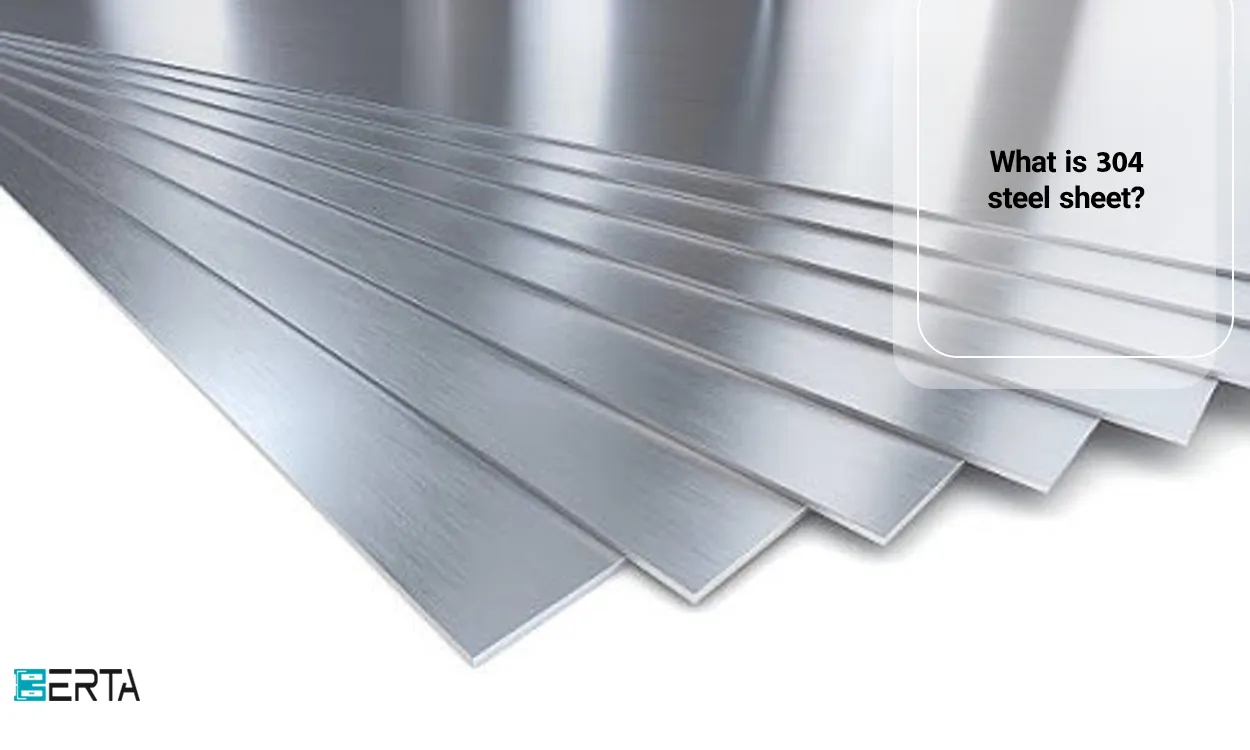
43456.jpg)
 Whatsapp
Whatsapp  Telegram
Telegram 

